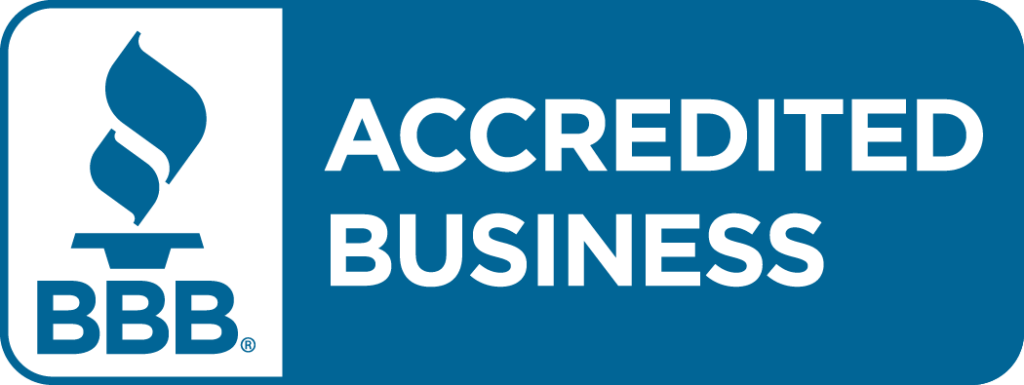This article is not about the causes of the driver shortage. We all know that there simply aren’t enough drivers out there to keep every fleet satisfied. I can’t solve the driver shortage, and neither can you. All we can do is weather the storm together.
Like most storms, you’ll be fine if you have lots and lots of money. Throwing cash at the problem isn’t the only solution, but it is one of them. If your fleet places enough ads in enough channels, eventually drivers will come out of the woodwork and apply for open positions. But that isn’t an option for most fleets. Even if you work at a CCJ top 250 fleet, finding a way to hire more drivers while spending less money will make you a rock star around the office. These three tips are just a start, but we all have to start somewhere . . .
[hr style=”3″ margin=”40px 0px 40px 0px”]
1. Every click that doesn’t convert is a waste of money.
Think of clicks the same way you think about leads. You spent money to get them and they’re worth money to your fleet. Of course, no landing page will convert at 100%, but the difference between a landing page that converts at 10% and one that converts at 30% is enough to make a significant impact on the effectiveness of your spending over time.
Keep in mind that not all clicks are created equal. Clicks from driver subscribed to your newsletter will typically convert at a higher rate than clicks from banner ads. Make sure you’re tracking which channels are producing the highest conversion rates.
Recruiters should also keep an eye on which messages are working the best on each channel.
Tip: Remember that an ad is a promise, and if you fulfill it on the landing page your conversion rates will be just fine.
[hr style=”3″ margin=”40px 0px 40px 0px”]
2. Look for correlations with your print advertising.
Print advertising for something as high-pressure and high-tech as most driver recruiting campaigns might seem risky. Most of the time you won’t be able to attribute a specific lead to a specific ad that you placed in a print publication. (Unless you use a tracked phone number, which you absolutely should.) But that doesn’t mean that print advertising is worthless.
Lots of drivers will see a print ad for a fleet that is hiring and then go directly to that fleet’s website to apply. You won’t ever be able to give that print ad credit for that application, but without that print ad you probably would never have gotten an application from that driver.
Tip: If you aren’t already, try running some print ads for a few positions you’re having an especially hard time filling. Keep a close eye on the number of applications you get for those positions through all your channels combined (assuming your spend on other channels has stayed the same).
[hr style=”3″ margin=”40px 0px 40px 0px”]
3. Track which channels are actually getting you hires.
Every recruiter (hopefully) knows where their applications and leads are coming from. But are you tracking where your hires are coming from?
You may find that although a certain promotion or offer gets you a ton of applications, very few of those end up becoming quality hires. No recruiter wants to admit that a campaign was a failure. Telling your boss that you came up with an idea that got your fleet an extra 200 applications last month might make you sound like a hero in the short term, but the only thing that actually matters is filling seats in orientation.
Not only do applications that don’t turn into hires represent wasted money, they also waste a ton of your recruiter’s time. Tracking what channels result in the most hires per application may take some leg-work, but it is time well spent in terms of ROI.




